Osprey Exos 58 Backpack Review
After thousands of miles of hiking with my Atmos 65, I decided I had leveled up to a smaller capacity pack. The answer? The Osprey Exos 58. Seriously? Only seven liters difference? Yes, baby steps, people. I erred on the larger side because 1) there’s only a 2 oz / 57 g weight difference between the 58 and the 48-liter, and 2) because although I hate planning, I still enjoy being prepared for anything (what if some dude wants to give me another machete?).
This pack has accompanied me everywhere for the past two years – from California’s Sierra to Nepal’s Himalayas – and the results have been excellent. I love this pack. Here’s the deal.
The Specs
Note: I have this pack in a medium. It also comes in small (55 L) and large (61 L). The information below reflects an Exos 58 (M).
- Frame type: Internal
- Capacity: 58 L / 3,539 in³
- Weight: 2 lbs 10 oz / 1.2 kg
- Dimensions: 30 x 14 x 14 in / 76 x 35 x 35 cm (length x width x depth)
- Fits torso: 18 – 21 in / 45 – 53 cm
- Fits waist/hips: 30 – 34 in / 76 – 86 cm
- Material: Nylon
- Frame material: Aluminum
- Number of stays: 1 peripheral hoop
- Suspended mesh back panel: Yes
- Pack Access: Top
- Number of exterior pockets: 7
- Gender: Unisex
- MSRP: $220 US
- Removable lid with top and under-lid zippered pockets
- Removable 7 mm side compression straps
- Mesh side pockets
- Zippered hip belt pockets
- Removable sleeping pad strap
- Integrated cover for lidless use
- Cord tie-off points
- Front stretch mesh pocket
- Ice tool attachment loop


The Good
The Comfort
Since this is Osprey’s “Superlight Backpacking” pack, I was worried about how it would carry a heavier load. The first time I loaded this pack up and put it on, I was legitimately surprised by how comfortable it is (Osprey recommends a max load of 40 lbs / 18 kg). It’s so comfortable that I go as far as making people try it on to see for themselves. The mesh lining the inside of the straps and the hip belt makes this pack incredibly comfortable, even when fully packed.
The Pockets
I love the mesh pockets on the sides (and front) of the Exos. They are really flexible and fit a lot. I can even reach back and grab a water bottle from a pocket without taking the pack off – and then I can put it back (granted, it did take some practice). The elastic continues to snap back no matter how far I stretch it, and the front mesh is massive enough to fit anything and everything you don’t feel like digging through your pack to find.
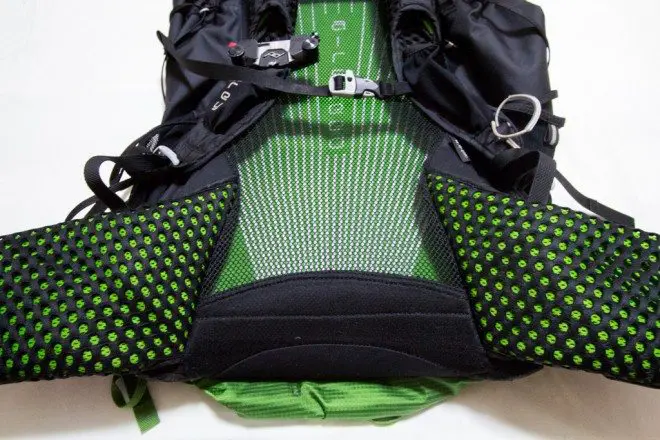
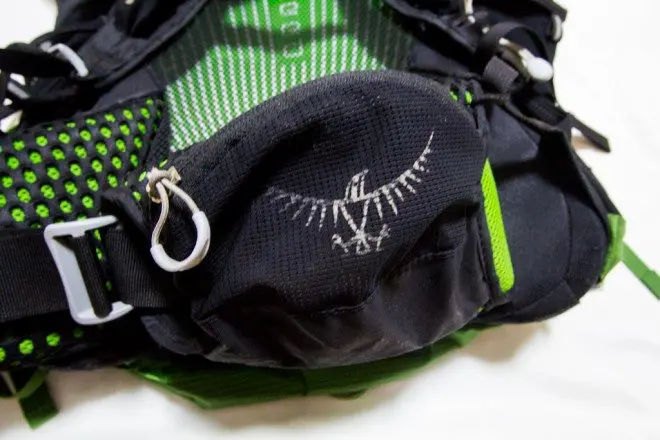

The Support
Admittedly, I am a big fan of Osprey’s AirSpeed Suspension. It keeps plenty of air flowing between your back and the pack which means no wet, cold, dank, disgusting mess (and no risk of sweating through to your pack’s inners. It’s also incredibly comfortable. The suspension on this pack is more resilient than that on the Atmos and has yet to show any signs of disrepair.
The Space
When gearing up for Everest Base Camp, I was worried that this 58-liter pack wouldn’t fit my winter sleeping bag (which is rather massive, even when compressed). To my surprise (and relief) the Exos 58 accommodated the bulge perfectly. As an added bonus, the mesh side pockets were still able to accommodate everything I threw at them. The single large storage pocket has never left me in need of any additional space (and that’s without using the pack’s hood).

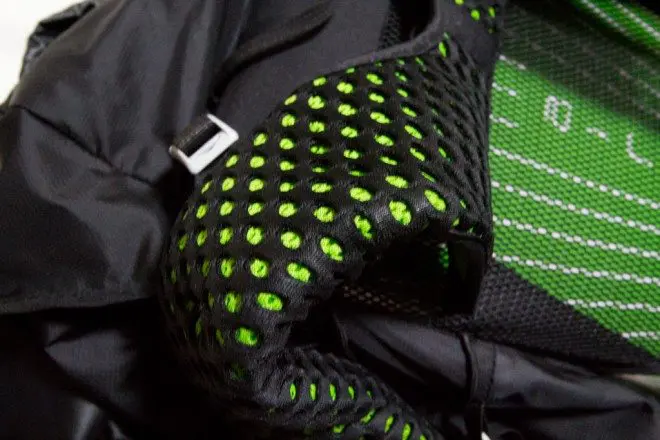

The Okay
The Weight
This pack may be a part of Osprey’s ultralight lineup, but it still falls short of being a truly ultralight pack – and I’m okay with that. Yes, there are packs out there that allow you to save on weight, and if you don’t want the option of making an 11 lb / 5 kg water carry through the desert or bringing along a bit of luxury, then I encourage you to explore the ultra-ultralight packs. However, the Exos 58 hits a sweet spot between weight and carrying capacity.
The Drawstring
Maybe this is just a matter of personal opinion, but sometimes I find the way in which you need to open the drawstring to the main compartment a bit cumbersome. This only applies when I need the Exos to be 100% opened, like when removing a bear canister or the aforementioned winter sleeping bag, but it typically requires using both hands (and sometimes reminds me of trying to wrestle the drawstring out of an old pair of sweatpants). Not really the biggest of issues, but something to mention, nonetheless.
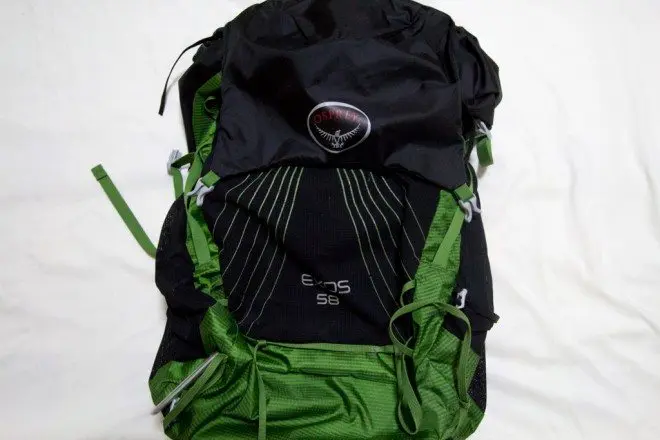
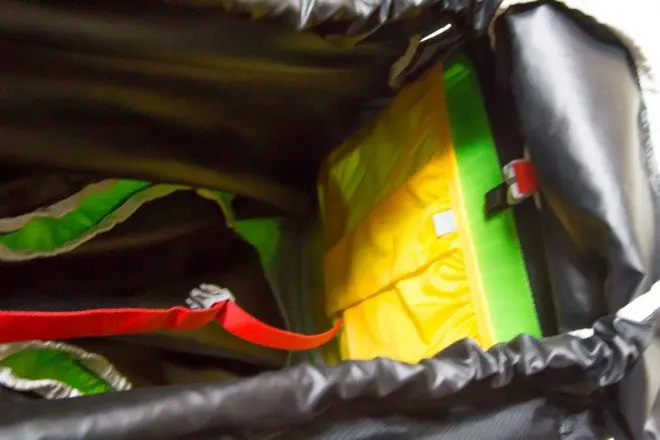

The Bad
The Straps
The compression straps on this bag’s side and the sleeping pad strap at the bottom drive me crazy. The compression straps get in the way when I’m trying to get things in and out of the side pockets (although they are nice when I have large objects in the side pockets that need to be secured further up the pack, like tent poles). The sleeping pad strap takes a lot more finagling to secure my Z Lite SOL than the buckles on the Atmos (which I really miss). That being said, I learned whilst writing this review that these straps are apparently removable, so I will be doing that right away.
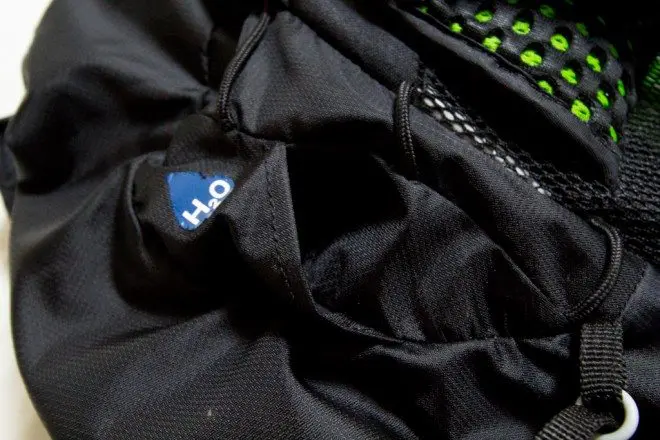

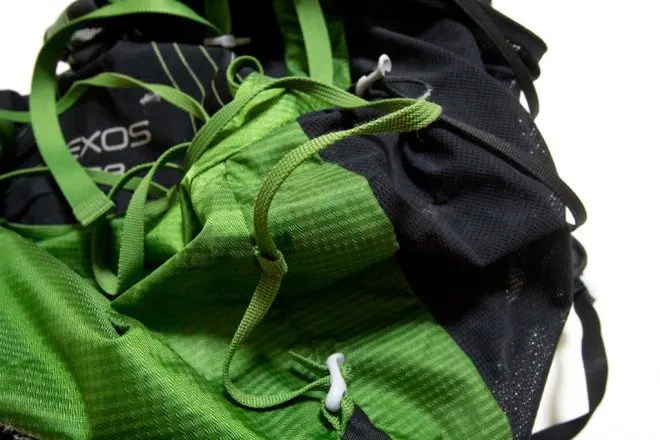

Conclusion
I really enjoy using the Exos 58, and if it weren’t for the obnoxious compression straps (which I am currently removing), then this pack would be perfect (at least as far as I right now is concerned).
If you’re looking for something lightweight, but still comfortable carrying a heavier load, then I highly suggest you give the Exos 58 a shot. Check out Osprey’s Exos 58 Backpack here.
Disclosure: This page contains affiliate links which means at no additional cost to you, I may receive small commissions for purchases made via these links. This helps keep the site up and running – thank you for your support!

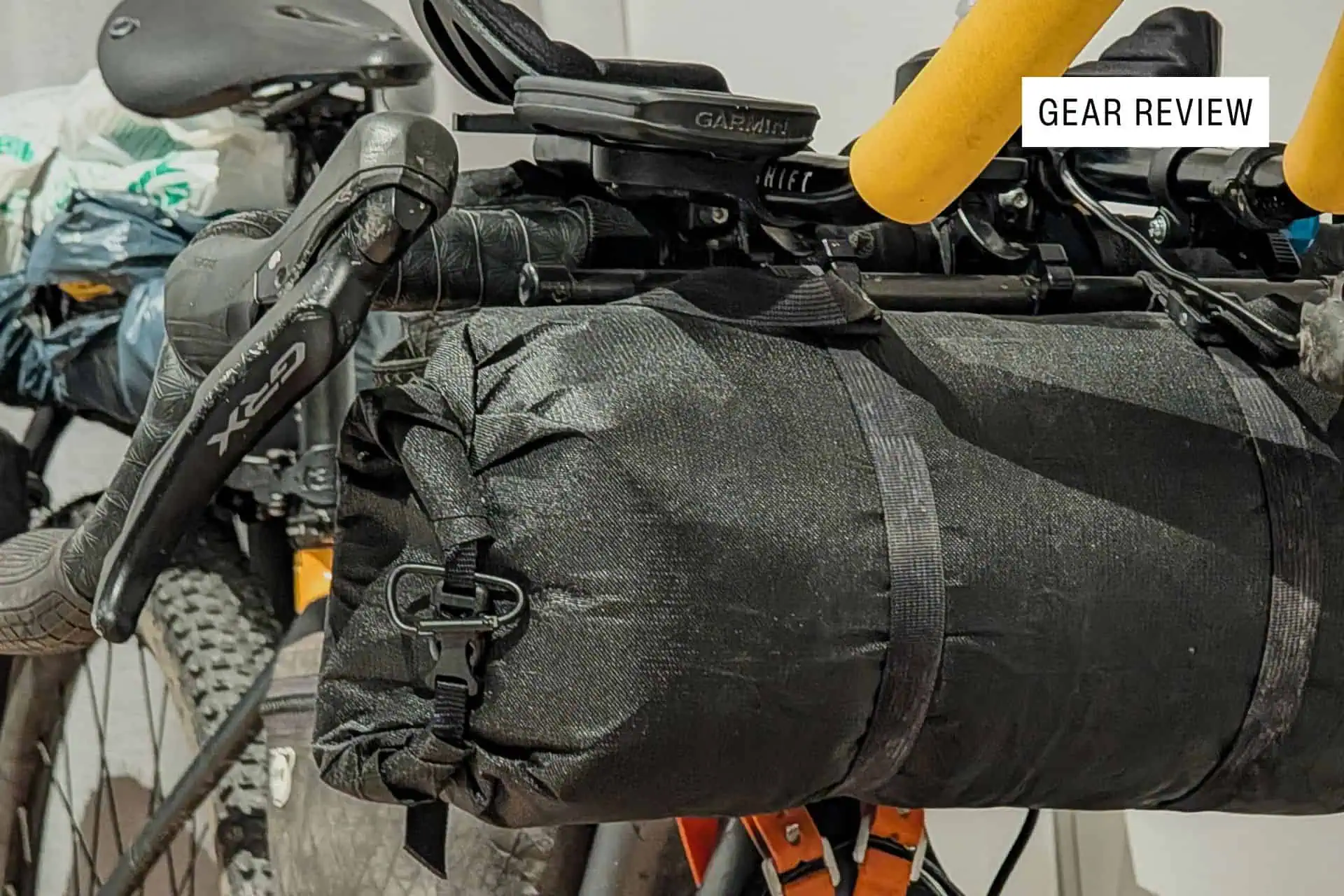

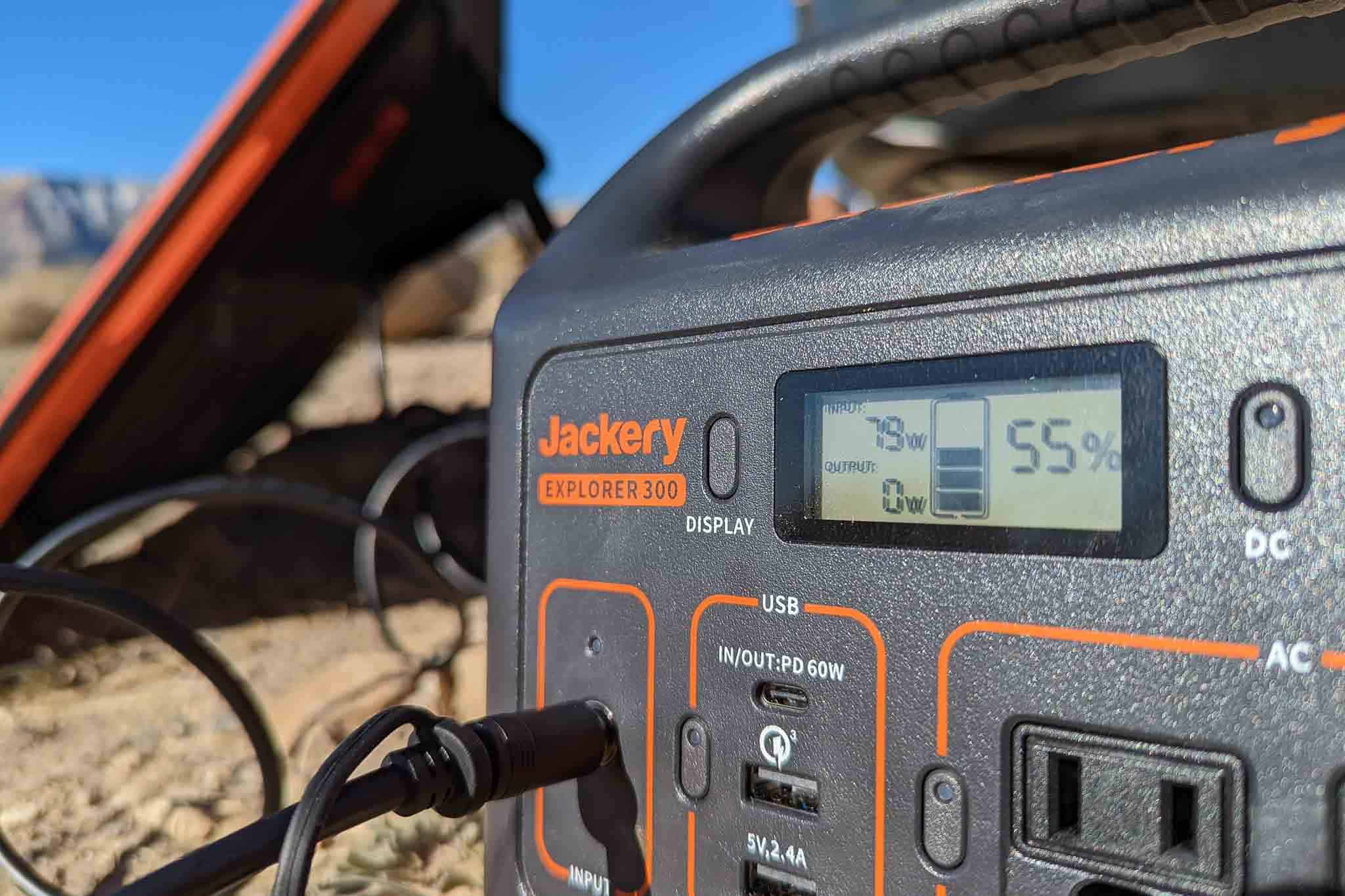
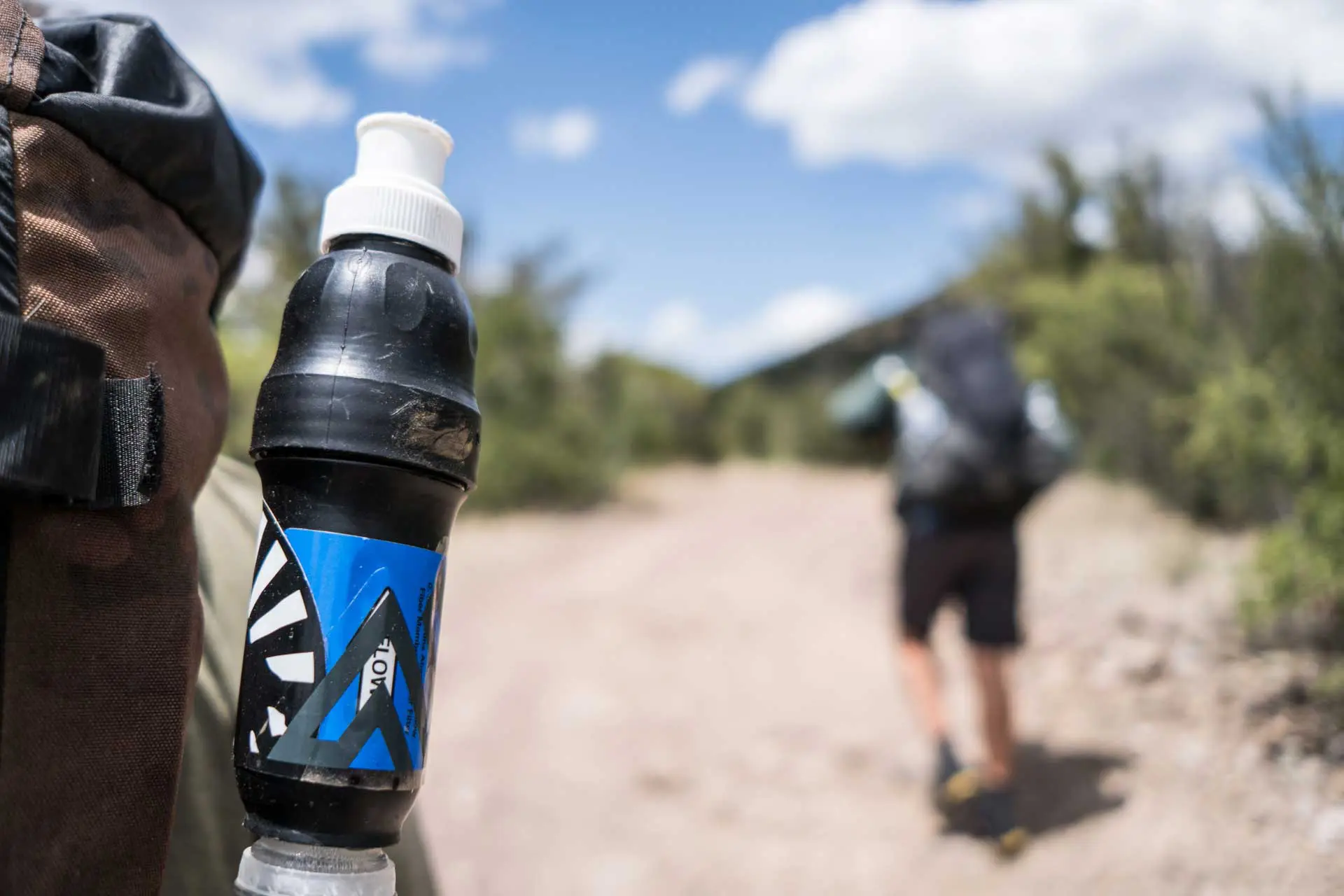
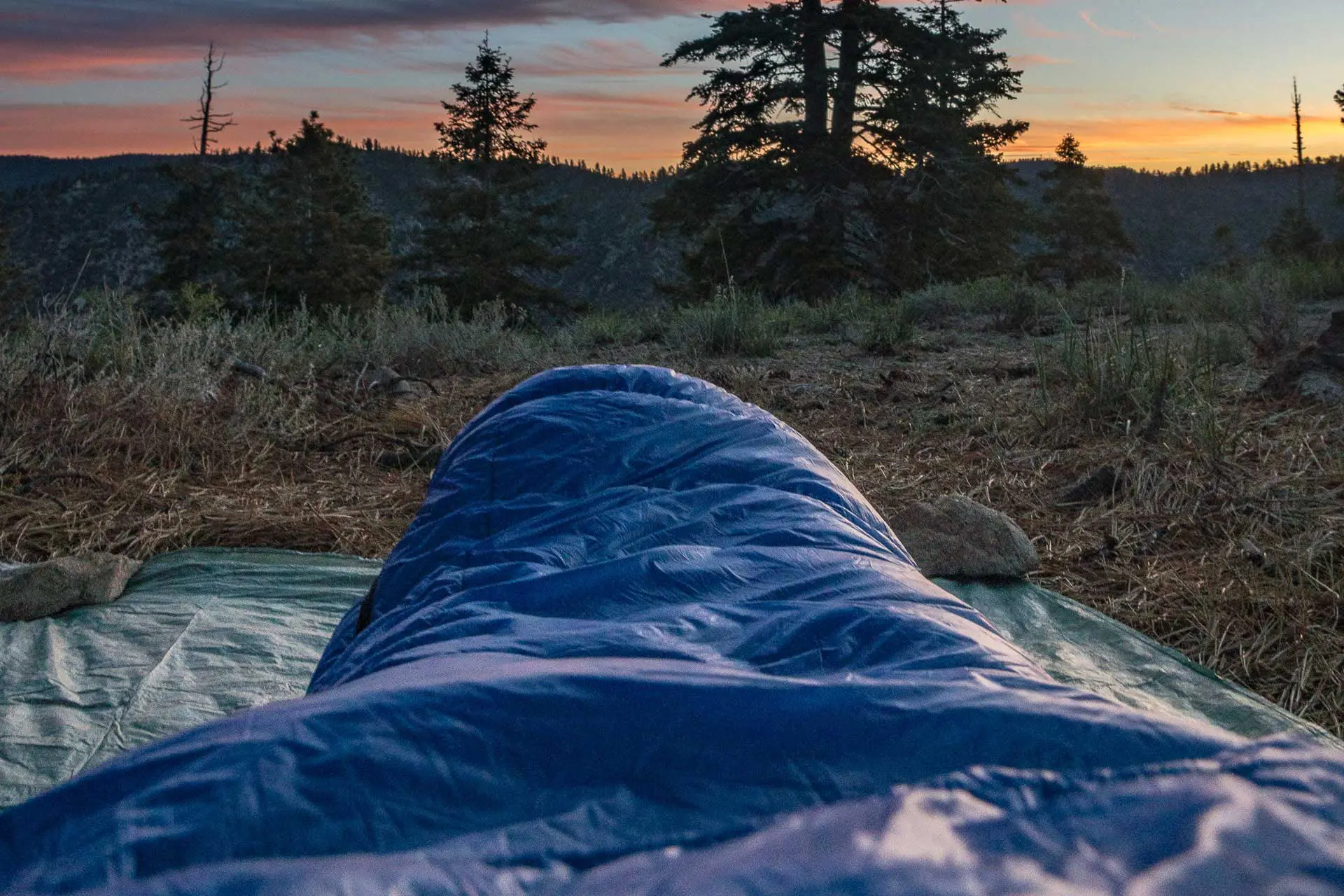
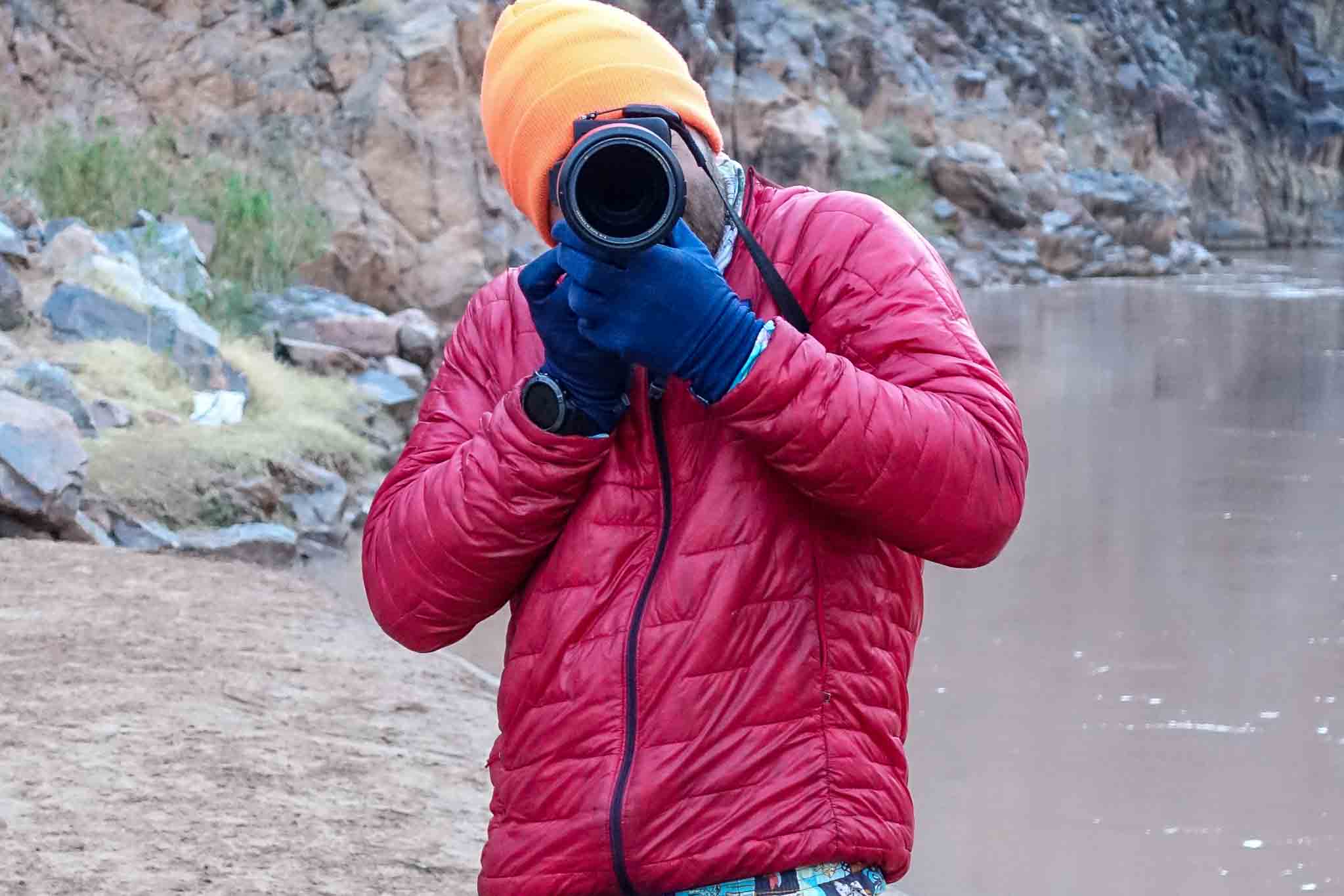
Hey, Mac I am a relatively experienced hiker of many years, about to do my first long distance journey next year on the PCT. I’m also a bit of a gear junkie, and I really like the way you write and your take on things in general. I thought I’d share with you my experience having just purchased a brand new Exos 58M. Previously, I used a 46L as I am 6′ tall with a long torso. I thought that the Exos 46 was the best pack I’d ever owned! Until I bought the newly updated Exos, that is. I was shopping for the larger capacity pack (due to the fact that I would have to fit a bear canister in it) and I was truly put off at first because the new model does not include the lovely hip belt pockets. After trying the packs on in the store (I tried on the medium and the large, side by side) I decided that the lack of integral pockets was a non issue, and added a couple of after market (REI) pockets and was happily back at par again. Let me also say here that I opted for the medium pack size over the large because it fit better. Using the official-Osprey-pack-size-measuring-device I was techincaly a large at the bottom end of the range, and just out of the top end of a medium. What I found was that the frame of the large projected up above my shoulders and felt restrictive when I wanted to look up, as I would doubtless be doing a lot on the PCT. The medium seemed to fit just fine and I have added 12 litres to my load capacity at a cost of only 70 grams!!! over my old pack. I also added a couple of Z Packs water bottle strap pockets to the aforementioned hip belt pockets for a total additional weight of only 110 grams. I am definitely not a “gram weenie”, but hey, I like to know where I stand, and if what I’m doing makes sense. Anyway, now for the good part; over the last couple of days I have been out for some short (three hour) shakedown hikes with about 33#’s on board. I can’t believe how comfortable the pack is!!! Honest to God, it fits like a glove and carries like a dream. The newly restyled hip belt and shoulder straps offer much greater padding and comfort, while the waist belt strap is now larger and more robust than the previous iteration. All the other great features that you have so amply described are still there and as great as ever. The stupid, tiny little side compression straps are also still there and I haven’t decided what to do about them yet. That’s it for now … I’m going back to your blog and obsessing over other gear, resupply, etc., etc. Thanks, and Happy Trails!
It’s all about what’s most comfortable! I am going to have to get my hands on one of the newer models to see how it holds up!
Hello. I’ve read both your Atmos 65 and Exos 58 reviews and since it’s been around 4 years since you posted these, I’m curious how your opinion has changed (if at all) about which pack you’d prefer to take on the PCT? Thanks!
The Exos 58 and the Atmos 65 have undergone refreshes since I posted these reviews, but for a thru-hike the Atmos 65 is definitely too much. I would definitely go with the Exos 58 (or even the Exos 48) if it’s a choice between these two packs.
Okay great thank you! Is the Atmos 50 an option in your mind? Or is your love for the Exos 58 so great that you couldn’t consider anything else? The only thing I’d be bummed about is no hip belt pockets on the Exos!
Honestly, you should just get a Thrupack. It will change your life.
I recently bought an Exos 58 and used it for a weekend trip. It’s 4 entire pounds lighter than my old dinosaur pack. So far so good!
As for the side compression straps, you can route them either outside or inside the mesh pockets. I prefer inside, so that access to the mesh pockets isn’t restricted at all. It sounds like you haven’t tried this configuration yet. I can’t think of a scenario where you’d need to compress the contents of the mesh pocket…
One thing I have no clue about is the big zipper inside the main compartment near the hydration bladder hook. It gives access to the mesh area touching your back, but what’s the purpose? Does anyone put stuff in there? Or is it to fish out some annoying object that worked it’s way through the mesh? I feel like there’s some clever use for it waiting to be discovered.
Also, what do you store in the shoulder strap pockets and waist belt pocket? The only useful thing I’ve put in the shoulder pocket was a granola bar and the bite valve of my hydration bladder. My iphone 6+ fits neither pocket which is a bummer.
I had one compression strap routed inside and the other outside. I prefer them routed outside because I can more easily avoid the straps when trying to put bottles into the mesh pockets with the pack still on. However, I have since removed the straps – which is in fact possible to do without cutting them out.
The zipper is a mystery to me too – let me know if you figure it out.
As far as the hip pockets, I usually use one for trash and the other for snacks (you can fit a surprising number of bars in there). The shoulder strap pockets are usually home to my head net, headphones, headlamp, and/or a cord for attaching my phone to my external battery.
Glad to hear you’re liking the pack!
Unfortunately there is no super-secret amazing use for the zipper access. Reply from Osprey customer service:
“The only purpose of that zipper is for our Warranty Team to access the internal frame if it needs to be repaired or fixed. I wouldn’t suggest storing anything in that area since it will reduce the airflow to your back. Also, the zipper is some what difficult to close once opened.”
Well it’s still good to be able to put the mystery to rest – thanks for the info!
Thanks for the review! I’m looking to buy a pack for a 2016 PCT hike. I really like the lightness of the Exos but the more substantial waist belt and feel of the Atmos. Like everybody, I’m looking to keep my base weight down though. It sounds like you’ve used both fairly extensively. Having used both, which would you recommend for a PCT thru hike?
Also, are you planning a 2015 hiker survey? I hope so, I’ve enjoyed and benefitted from the previous two and all your website. Keep up the good work!
If I were to do another thru-hike (which I very well may), I would use the Exos. I think the Atmos has been retired for friends I manage to drag out into the mountains with me.
I am currently in the process of doing the 2015 survey and it should be up in the next month.